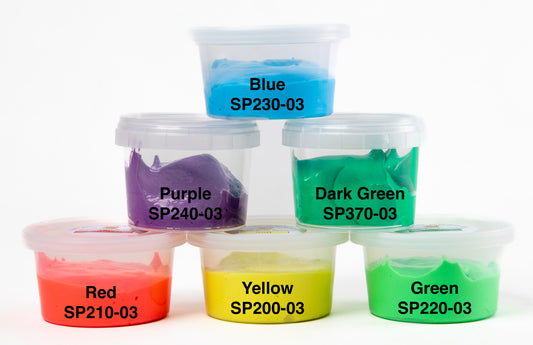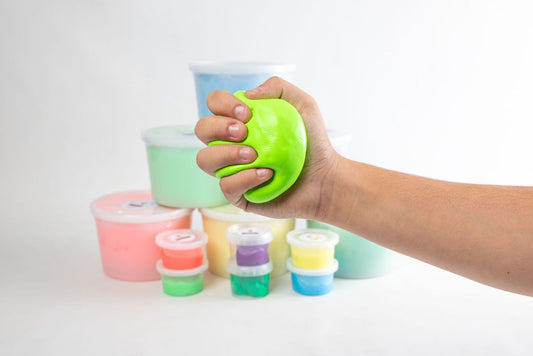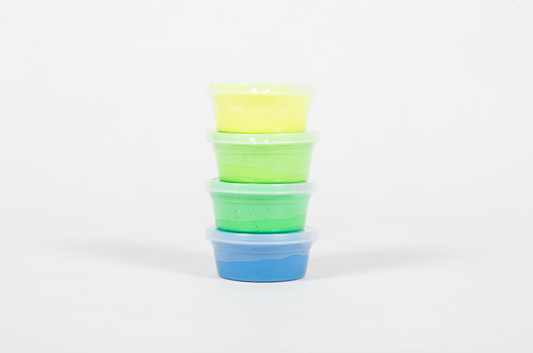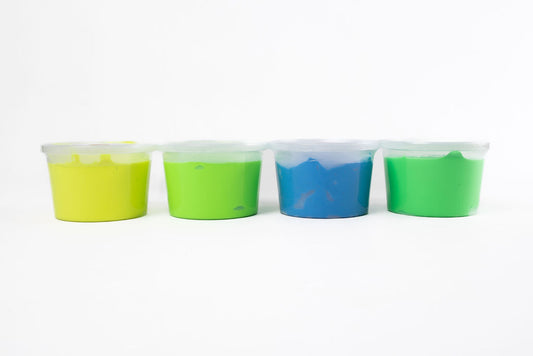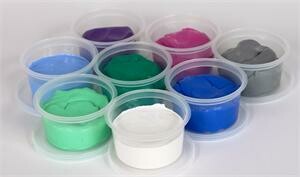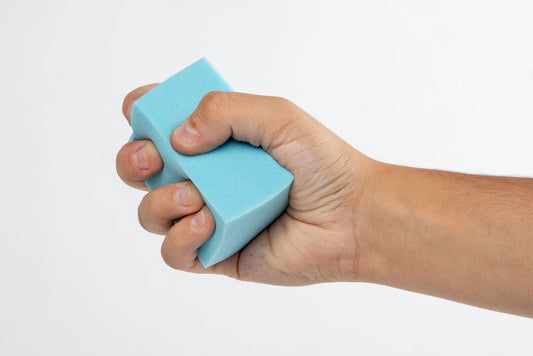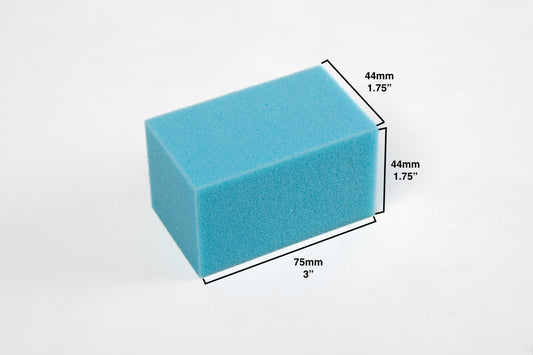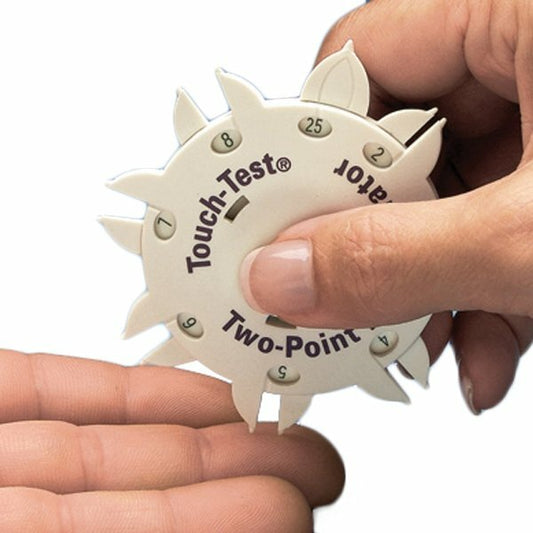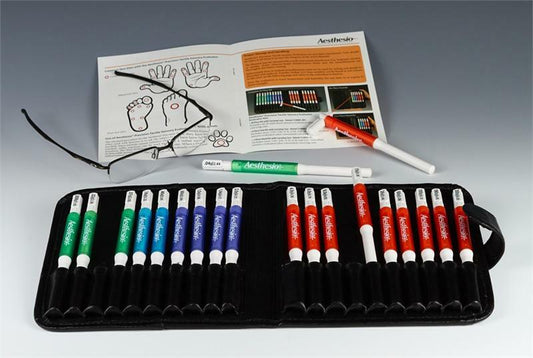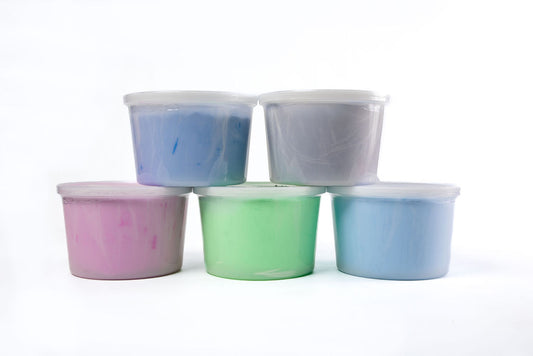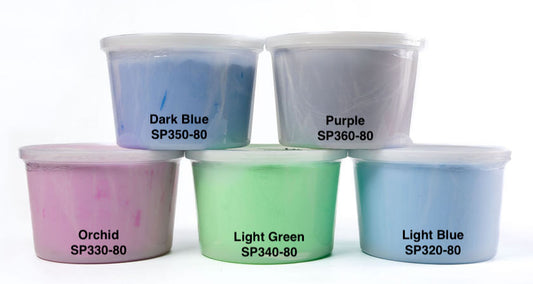-
SecurPutty Spectra Grade Therapeutic Exercise Putty 85gm
Regular price $14.50Regular priceUnit price per -
SecurPutty Spectra Grade Therapeutic Exercise Putty 2.3kg
Regular price From $185.00Regular priceUnit price per -
SecurLite Premium Air Light Putty 85gm
Regular price $14.19Regular priceUnit price per -
SecurLite Premium Air Light Putty 400gms
Regular price $64.79Regular priceUnit price per -
SecurPutty Containers with lids 85gm (PKT/10)
Regular price $16.39Regular priceUnit price per -
Slow Recovery Foam Hand Exerciser (Pk/16)
Regular price From $49.40Regular priceUnit price per$49.40Sale price From $49.40 -
Stacking Cones
Regular price $112.50Regular priceUnit price per -
TWO POINT DISCRIMINATOR
Regular price $80.20Regular priceUnit price per -
Aesthesio® Precise Tactile Sensory Evaluator Five Piece Hand Kit
Regular price $304.00Regular priceUnit price per -
Aesthesio™ Tactile Sensory Evaluators - Replacements
Regular price $55.00Regular priceUnit price per -
SecurPutty Spectra Premium 2.3kg
Regular price $217.80Regular priceUnit price per
Get Adult Sensory Tools
Sensory tools at Total Patient Care are designed to assist with sensory processing, emotional regulation, and stress relief. Perfect for rehabilitation and daily use, our sensory equipment addresses different sensory needs to help you focus, relax, or engage more effectively.
Our collection will soon include a dedicated category for adult sensory tools to make browsing easier and help you find the perfect solution.
Benefits of Using Sensory Tools
Enhanced Sensory Processing
It supports individuals with conditions like ADHD, autism, or sensory processing disorders by helping them regulate their responses to sensory input.
Stress Relief and Relaxation
Tools like stress balls and weighted items help manage anxiety and promote relaxation. Perfect for high-stress environments or calming techniques.
Rehabilitation Support
Sensory tools help restore strength and dexterity. Ideal for patients recovering from hand injuries, surgeries, or conditions affecting fine motor skills.
Improved Focus and Engagement
Use sensory equipment to improve concentration in therapy sessions, classrooms, or workplaces that encourage active participation and productivity.
Suitable for All Ages
While often associated with children, sensory tools are equally effective for adults who seek emotional regulation, rehabilitation, or stress relief.
Why Buy Sensory Tools From Total Patient Care?
Total Patient Care is committed to providing high-quality sensory tools that meet your therapeutic and everyday needs. Here are several reasons why customers trust us:
-
Clinically Approved Products: Our sensory tools are backed by medical professionals and designed to deliver effective therapeutic outcomes.
-
Comprehensive Range: From stress balls to therapy putty and weighted items, our collection caters to various sensory needs.
-
Trusted by Experts: Occupational therapists, rehab specialists, and caregivers across Australia rely on our products for quality and performance.
-
Personalised Support: Unsure which tool is right for you? Our team of professionals can offer personalised advice to help you make the best choice.
-
Fast, Reliable Shipping: Buy sensory tools online and enjoy quick delivery across Australia. Get the equipment you need when you need them.
Contact us to learn more about how we can support your sensory needs.
Professional Rehabilitation Solutions
Make your rehabilitation and therapy journey as consistent as possible. Buy sensory equipment designed with durability, effectiveness, and comfort in mind. Discover the convenience and reliability of shopping for sensory tools with Total Patient Care.
Start exploring our range today to buy sensory tools in Australia that match your needs and lifestyle.
Frequently Asked Questions
Collapsible content
What is a sensory tool?
Sensory tools are designed to help regulate emotions, enhance focus, and boost participation. It helps make children more receptive to learning. These tools address the diverse sensory needs of students naturally and support conditions like anxiety and ADHD in educational settings.
Does NDIS fund sensory items?
Yes, the NDIS can fund sensory items if your plan includes Consumables or Assistive Technology budgets. These items must be deemed reasonable and necessary, offer value for money, and align with your disability needs and NDIS goals. Make sure that the sensory equipment is directly related to enhancing your daily living.
Who can benefit from sensory tools?
Sensory tools are beneficial to:
- Children and adults with sensory processing challenges.
- Patients undergoing rehabilitation after injuries or surgeries.
- Individuals managing stress or conditions like ADHD and anxiety.
Are there sensory tools specifically for adults?
Absolutely! We offer sensory tools tailored for adult needs, including stress relief items, therapy putty, and rehabilitation aids. A dedicated Adult Sensory Tools category will soon be available to simplify your search.
Can I buy sensory tools online in Australia?
Absolutely! Total Patient Care provides a wide range of sensory tools available for purchase online. We offer fast, reliable shipping across Australia.


